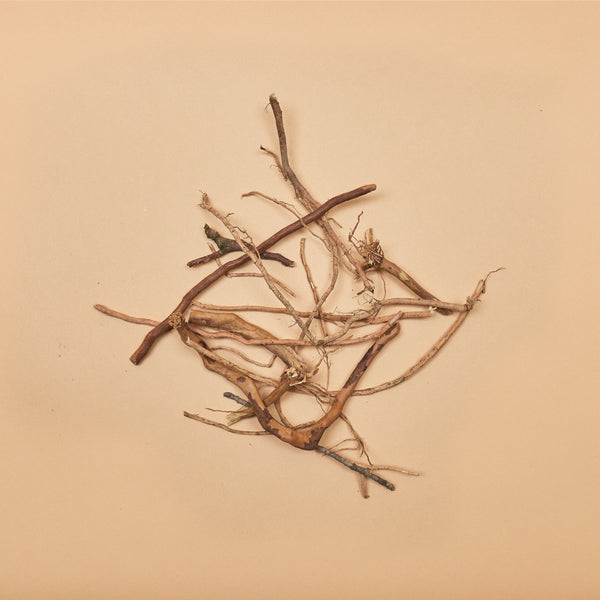- Continue Shopping
- Your Cart is Empty
Banana Stem Pieces
$ 5.00
Banana stems, (Musa spientum), have a cool, almost "bonelike" appearance and texture, and are quite strong. They make great little aesthetic accents and foraging areas for a variety of aquatic uses.
These are another perfect, natural "prop" to simulate the tropical stream habitat, where branches, stems, and seed pods fall into the water and accumulate, adding to the richness of the environment.
They're highly variable, ranging in size from about 2"-2.5" (5.08-6.35cm) in length on average, with an "XL" piece topping off at around 3" (7.62cm) or so. They do swell up substantially after being submerged, however!
PREPARATION: You'll need to boil these for at least an hour (sometimes a bit more) to saturate them, because they are really quite light and readily float when first immersed!
ORIGIN: Southeast Asia
#bananastempieces
NOTE: These are a natural product, and display variation in color, size, and texture. Each pod is unique! The photo serves as a reasonable representation of what to expect.
All of our aquatic botanicals are intended for ornamental aquarium or terrarium use only. Please use common sense and take the time to boil or soak all botanicals prior to using them, to reduce the possibility of problems. Always go slow when introducing any botanicals into your systems, so you can judge the effect they have on your fishes and plants. They are not intended for human consumption. DO NOT INGEST!
NOT FOR HUMAN CONSUMPTION
SEE OUR SHIPPING AND HANDLING PAGE FOR OUR SHIPPING POLICIES




Related Items
Ichnocarpus Bark (25 pcs)
Sold Out - $ 8.00
The bark and twigs of Ichnocarpus frutescens from India is an interesting, functionally aesthetic botanical material ideal for all sorts of applications! Long known for it's medicinal properties, Ichnocarpus has...
Shade - Pack of 32
Sold Out - $ 24.00
Imagine if there were an easy way to get the lovely blackwater aesthetics and benefits easily and quickly, with little effort and no mess. Well, there is! Enter "Shade!" “Shade”...
"Bits and Pieces"- Assorted Small Root and Twig Sections (20 pcs.)
Sold Out - $ 5.00
Bits of roots, twigs, and shoots from terrestrial plants are found throughout the aquatic environment. They form a network of "interstitial spaces" on the substrate, where all sorts of...













